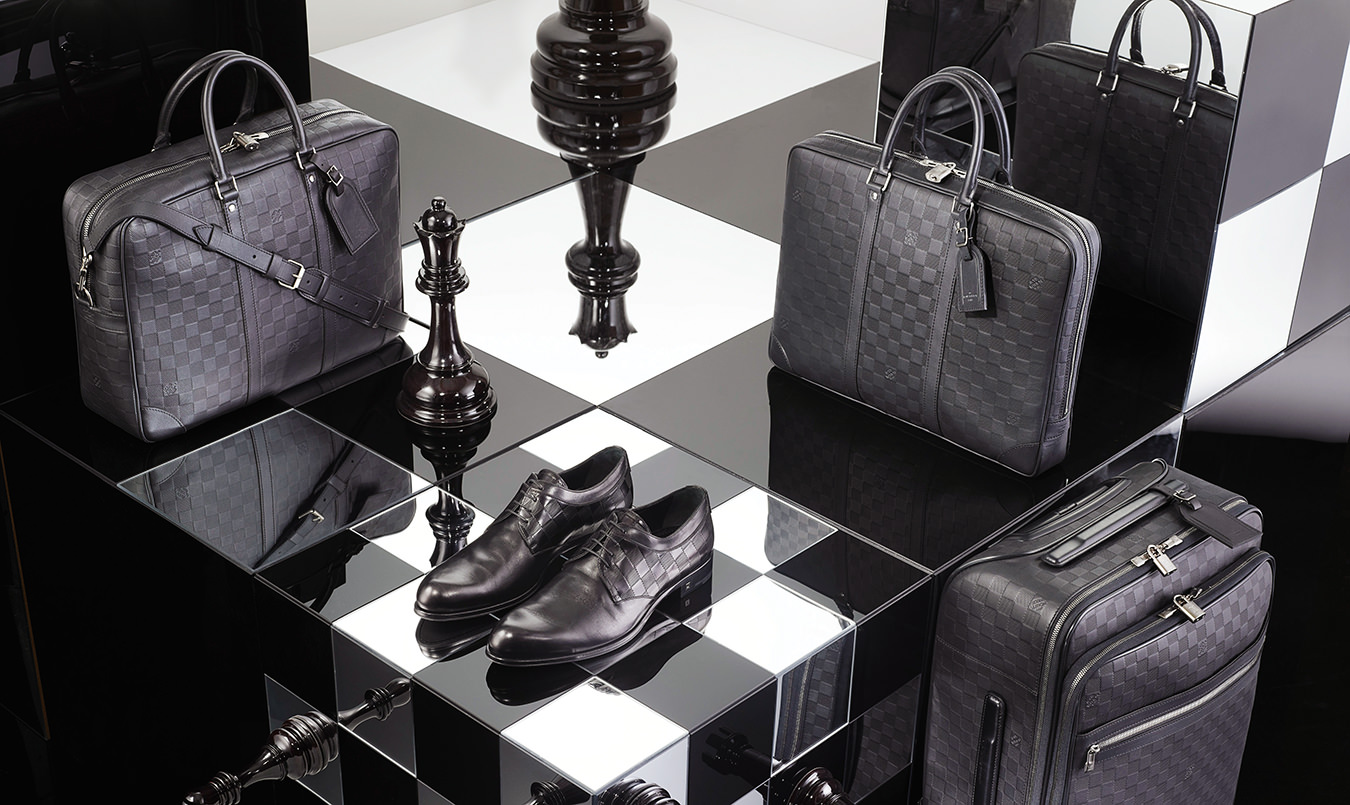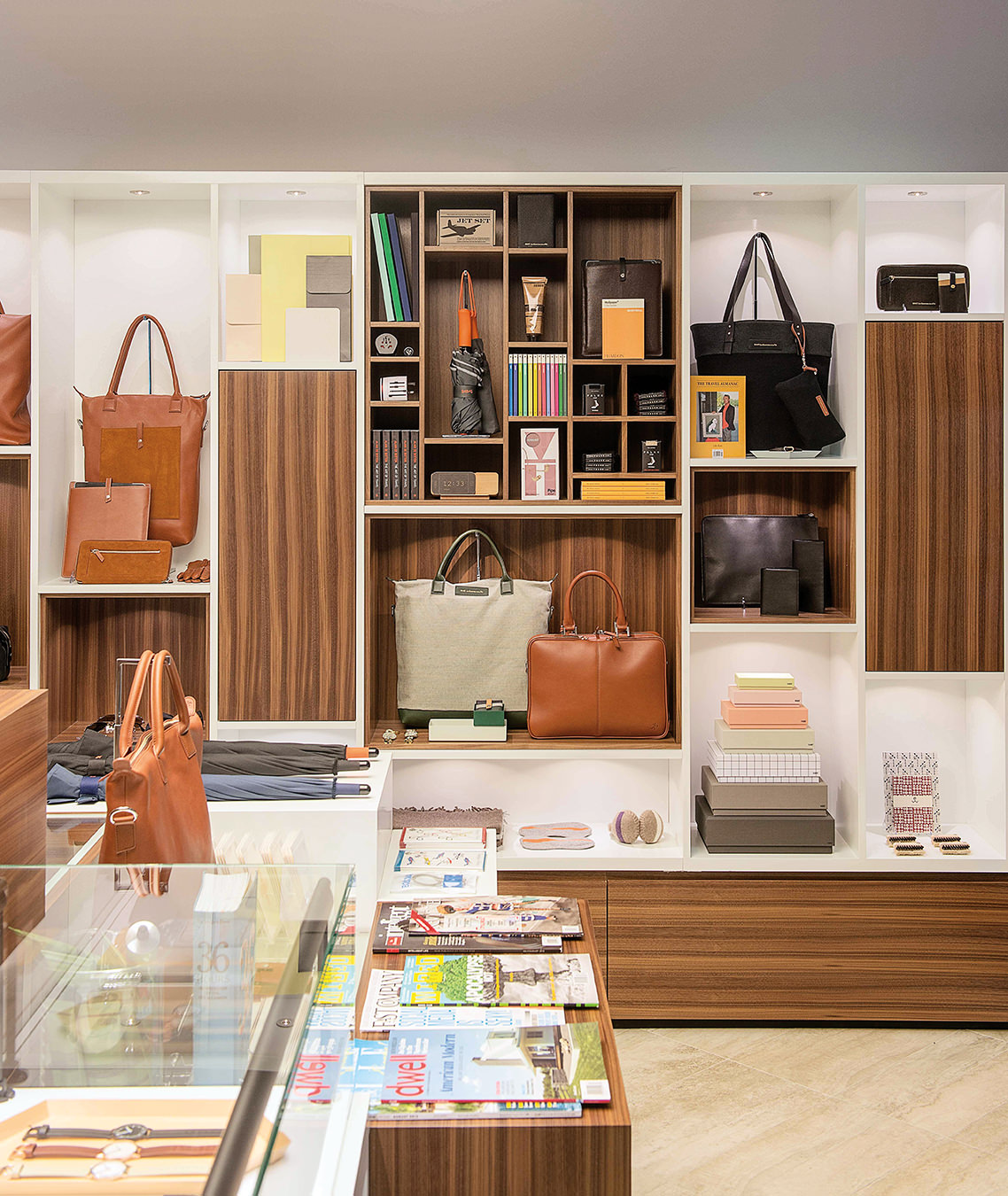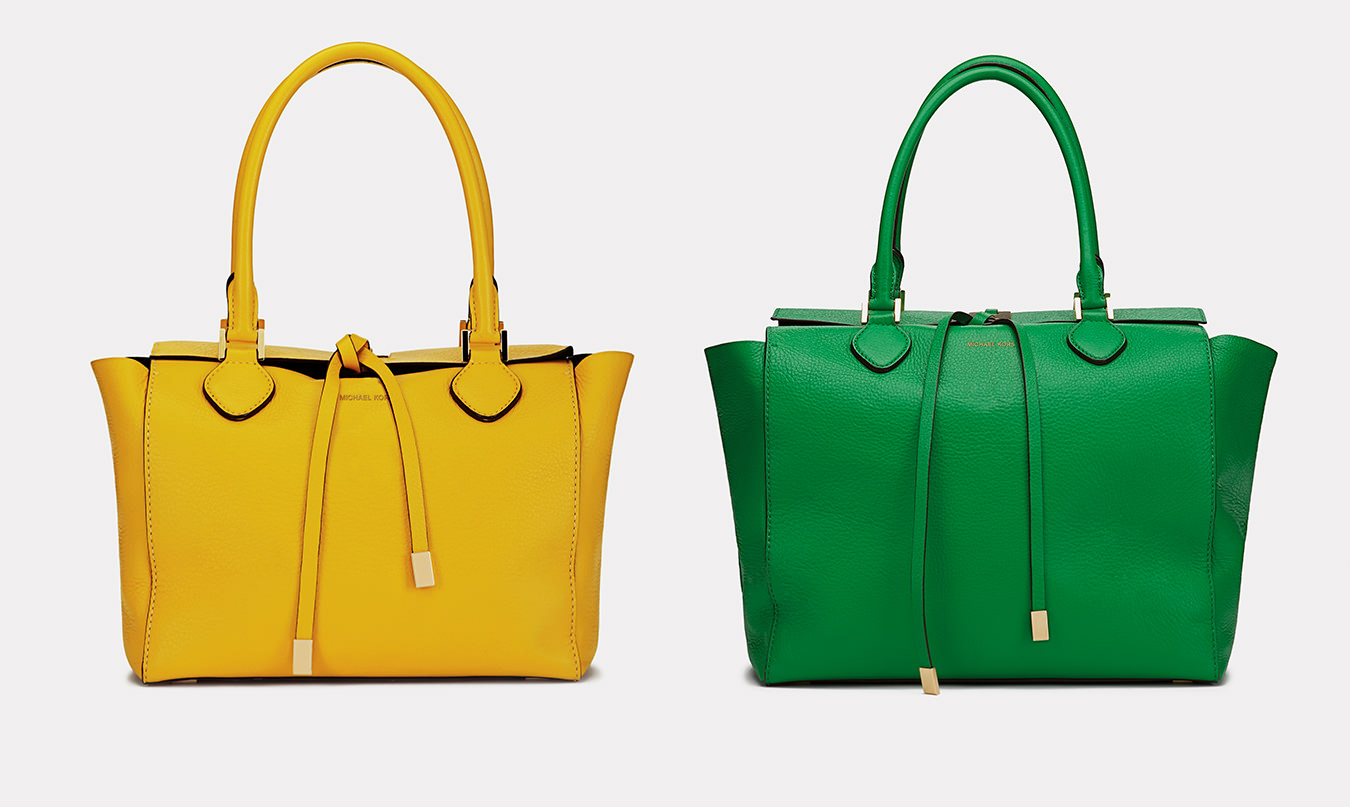-
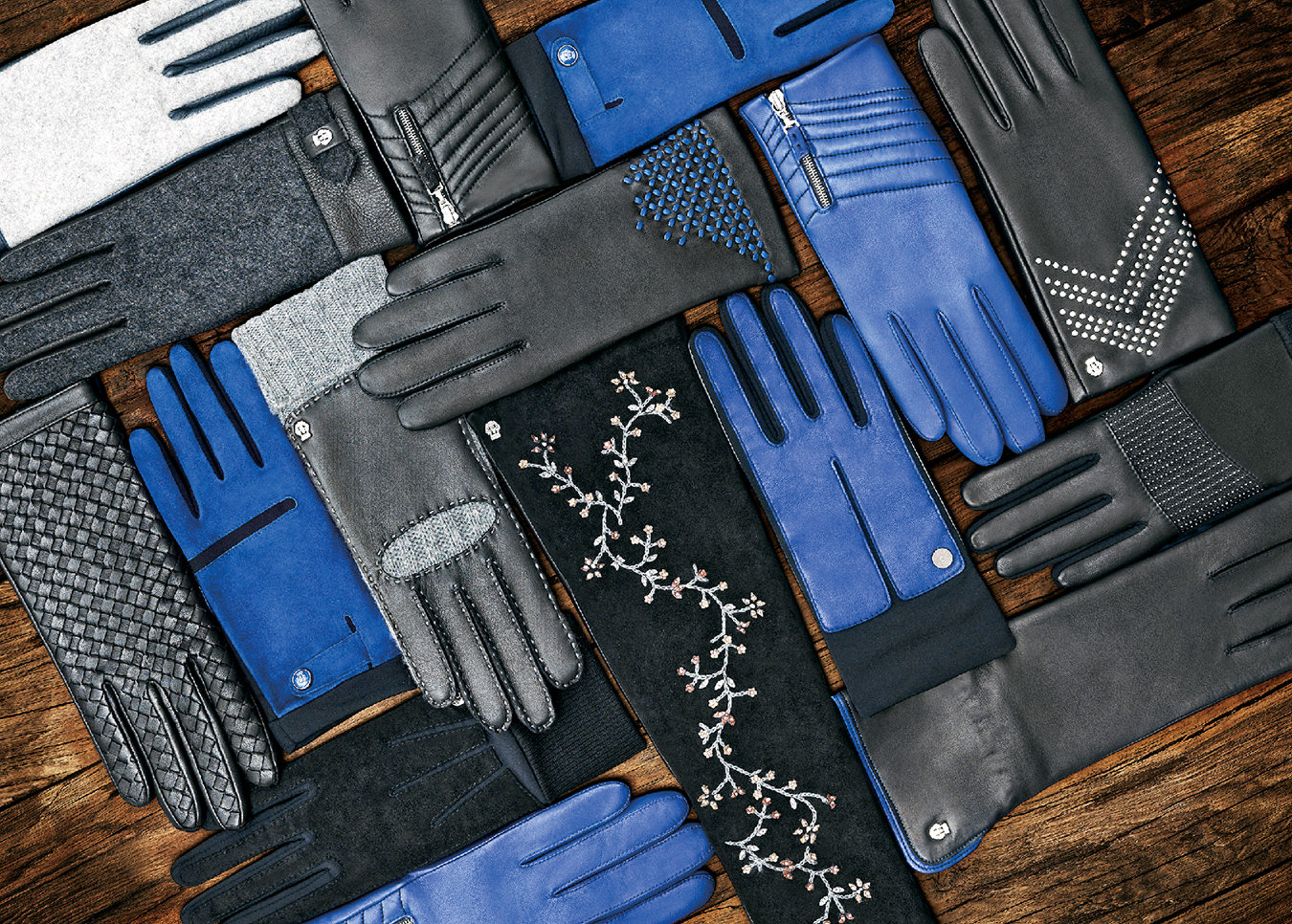
Leather gloves from Roeckl’s Jubilee collection.
-
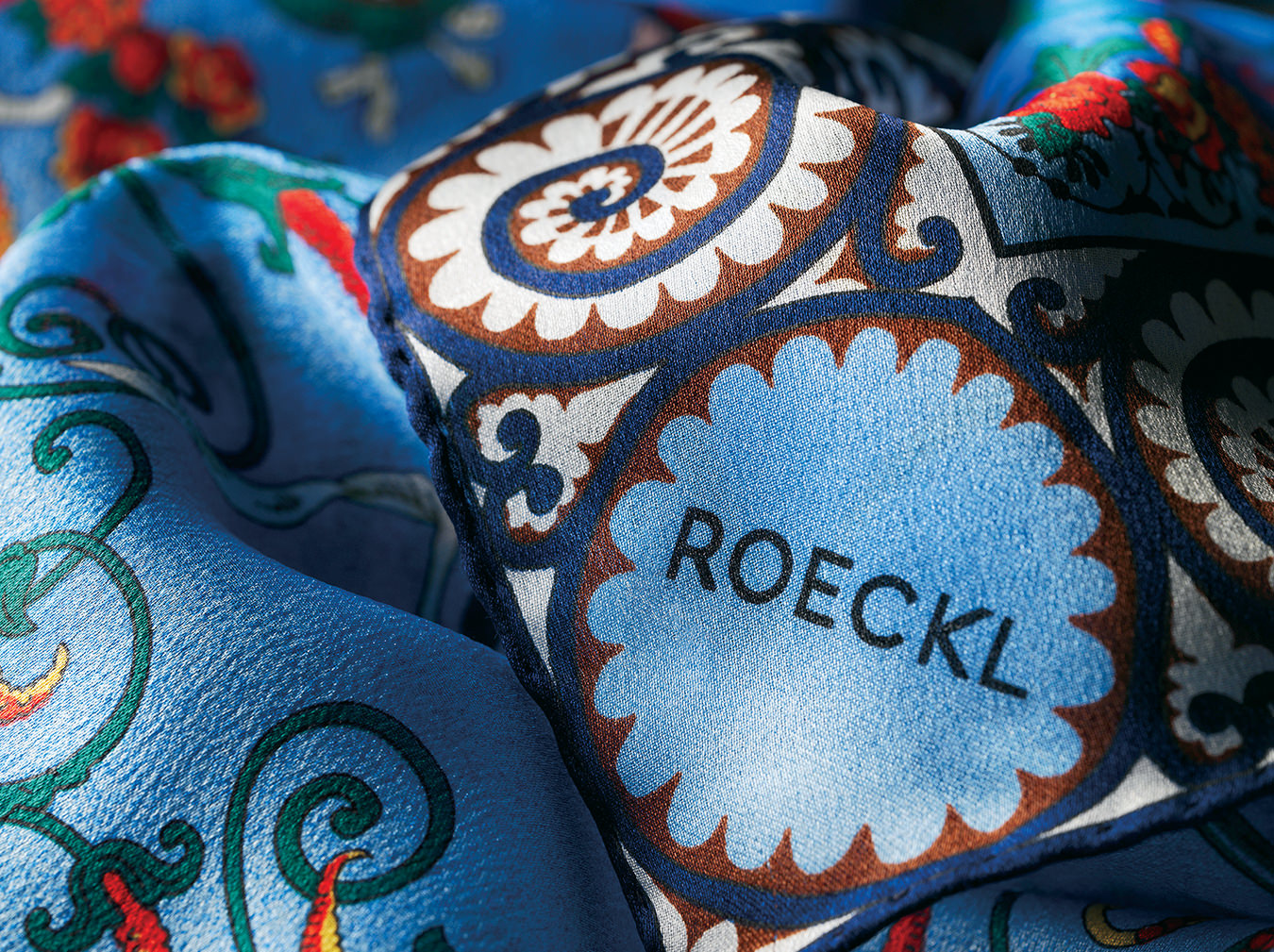
Silk foulards from Roeckl’s Jubilee collection, created in honour of the company’s 175th anniversary.
-
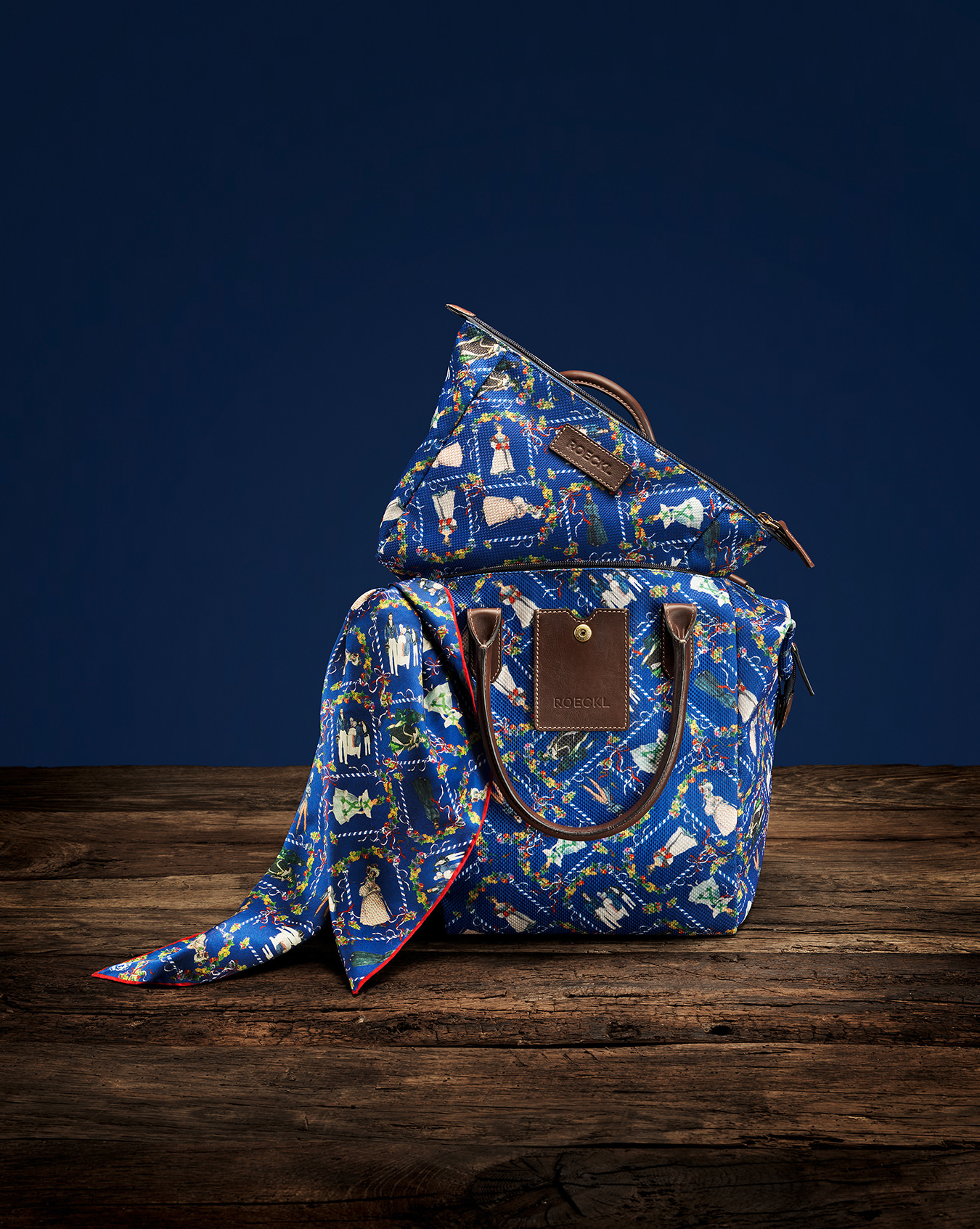
Limited-edition Roeckl Bavarian Etiquette bags with the Jubilee Print.
-
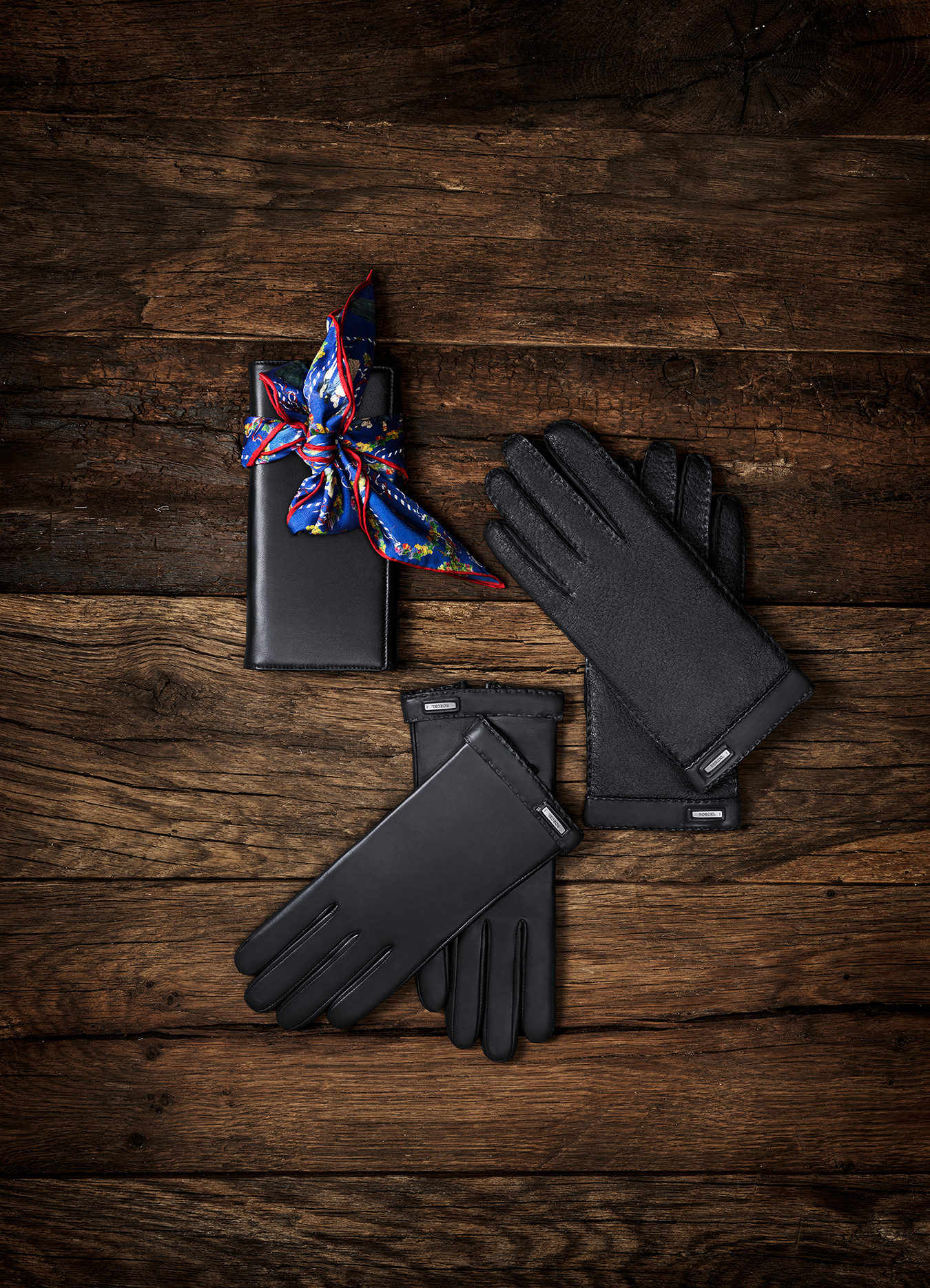
Items for women from Roeckl’s Jubilee collection.
-

Items for men from Roeckl’s Jubilee collection.
Roeckl’s Royal Fit
A stitch in time.
When arbiter of opulence King Ludwig II ruled Bavaria in the 19th century, he was renowned for his extravagant castles and for dressing with a flourish of style. “The dream king,” as he was known, also insisted on wearing Roeckl leather gloves, which helped the brand earn recognition as an official supplier to the royal court of Bavaria. This year, the German accessories label is celebrating its 175th anniversary, continuing on with its leather-filled legacy, and is still, as always, fit for a king.
Roeckl’s headquarters are in the heart of Munich, steps away from the Isar River and across the street from the historic Roecklplatz square, whose key distinguishing factor is a fountain donated in 1911 by the third-generation company head, Heinrich Roeckl. Annette Roeckl, Heinrich’s great-granddaughter, took over in 2003, representing the sixth generation of solid family ownership.
To cloak one’s hands in a pair of Roeckls has been, historically for Germans, to set oneself on a pedestal of made-in-Munich luxury. (An image of the company’s original factory is still present on a glass window in Munich’s town hall.) In the early 20th century, Roeckl was one of the largest companies in town; following the Second World War, it fell into disrepair. Rebuilt slowly, from one storefront up, Roeckl today boasts annual sales of some 24-million euros.
Though much has changed for Roeckl during the past century, the act of glove making has not. The basic necessities are still carefully chosen designs, expert craftspeople, and really good leather, of which Roeckl uses three types: hair sheep and goat from Ethiopia, deer from North America, and peccary from Peru. Gloves require a thin but dense leather, and sourcing the high-quality raw material can be difficult. “The role of a glove is to act with the hand, not to impede it,” explains leather purchasing manager Philipp Suess. “Leather cannot be too thin, so it tears, nor can it be too thick, to add excessive weight for the wearer.”
“My goal is to transform Roeckl from a glove manufacturer into a full accessories brand,” notes 47-year-old Annette as she walks through the hallways of the company headquarters, explaining, as she goes, the necessity to appeal to warm-climate countries in order to grow. The theme of expanding with careful purpose has been carried through Roeckl’s generations, and Annette is well on her way to fulfilling that aim, as the current product portfolio includes silk foulards and scarves, knitwear accessories, small leather goods, and a line of handbags.
As for the coveted leather gloves, about 150,000 pairs are produced annually, of varied types and tans for warmth and style as well as for activities like riding and cycling. “My father [Stefan Roeckl], for one, put his focus on sports because, in the 1970s, leisure and sports became more important,” says Annette. An avid cross-country skier, Stefan was frustrated with the lack of high-quality gloves created specifically for sport, so he went out and invented a revolutionary glove with no seam in the palm of the hand. Roeckl still produces versions of that “patented cut” skiing glove, and continues to play early adopter to today’s significant trends, such as a touchscreen-friendly line of gloves that are designed for use with smartphones, which launched three years ago.
A delicate touch is also essential when working with leather, especially the soft peccary—it takes 2,000 hand-sewn stiches per glove. That hand-tailored construction is the bloodline of the company, and carries over to all products in the Roeckl spectrum. For instance, the company seeks out craftspeople in places like Como, Italy, where most of their scarves are hand-hemmed in the same areas as silky counterparts produced by Hermès and Louis Vuitton. “Como is the best place to make foulards,” says Gebhard Müller, Roeckl’s head of design. “We may be based in Munich, but we are very much rooted in the international fashion world.”
This season’s autumn/winter 2014 Jubilee collection channels Germany with bold blue colours that symbolize tradition, along with odes to Bavarian folklore, delicate flowers, and patterned prints. The story of Roeckl is weaved right into the designs, incorporating family crests and images of Annette’s great-grandfather’s fountain. She hones in on a Roeckl coat of arms printed upon a foulard and points to a gloved hand, surrounded by two lions and a crown. “Remember, that hand doesn’t stand only for the gloves but for the handcrafted factor: the hand-cutting, painting, and stitching that have remained the same from generation to generation.”
Photos provided by Roeckl.


